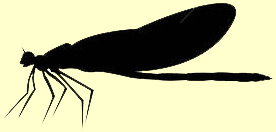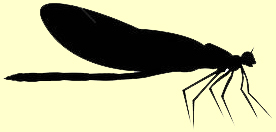| North Carolina's 189 Odonate species | ||||
|---|---|---|---|---|
| Sort Species by: Family Scientific Name [ Undocumented ] |
| Related Species in GOMPHIDAE: | Number of records for 2024 = 0 | |
| Photo Gallery for Cherokee Clubtail 0 photos are shown. | Other NC Galleries: Jeff Pippen Will Cook Ted Wilcox | ||

 »
»